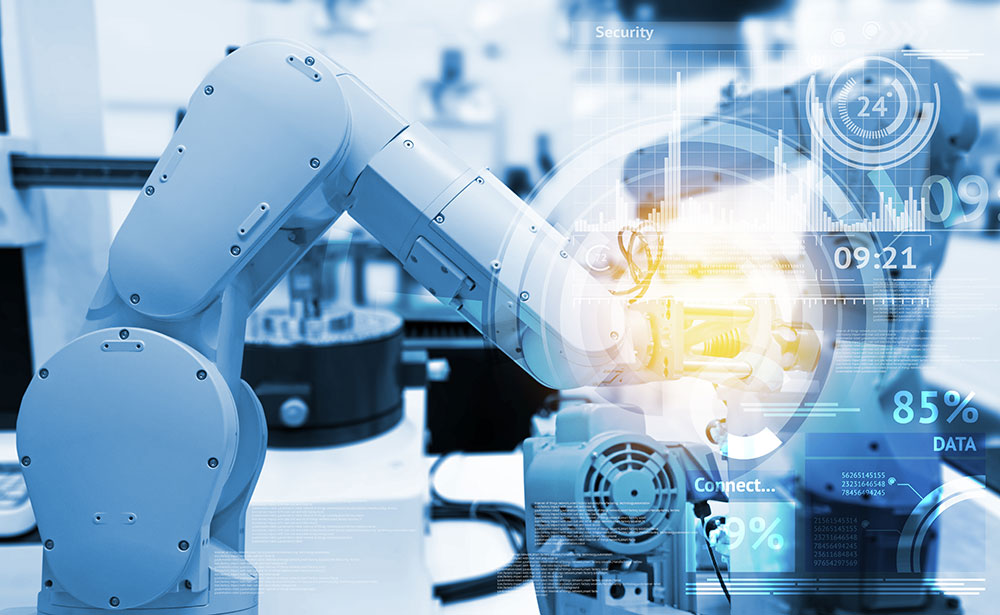Artificial intelligence is when a machine mimics functions that human do such as sensing and learning, reason and infer, deciding and acting. As a technology, artificial intelligence can support use case such as chatbots, detecting fraud, cognitive document automation and others.
As an example, Danske Bank, is using artificial intelligence to detect fraud incidents such as fake invoice and identity theft amongst others. Before the development of artificial intelligence, Danske Bank had many false positives. With artificial intelligence, Danske Bank has been able to reduce false positives by 60 percent as well as increase accuracy in fraud detection. This is helping them save millions as well as increase efficiency of the fraud detection service.
So where is the hard line between what is artificial intelligence and what it is not? Techniques which use brute-force or rule-checking and do not mimic human thinking are not artificial intelligence.
As an example, fraud detection applications can be built by configuring all possible frauds that have occurred in past and checking against this list. This is not artificial intelligence as you are not letting machines think, but instead just using check rules. Since fraudsters always find a new way of making fraud, you will not be able to detect emerging and new kind of fraud incidents.
Moving further along these lines, it is important to understand the current state of artificial intelligence, which is that it can mimic the human brain, but not completely. We are still far from the situation where artificial intelligence can think exactly as a human being. At present, artificial intelligence is used to automate specific tasks done by human. Those industries where highly specific human tasks can be automated will soon be impacted by future developments in artificial intelligence.
Key industries which will be impacted are in information technology, telecommunications, consumer services, financial services, manufacturing and production. Industries where there is a lot less human activity, such as education, media and entertainment, sports, construction and property will be less impacted in the short term, but impacted later on in the medium and long term.
While advancements in artificial intelligence will replace some specific tasks done by humans, it will also create new opportunities of redefining job roles. One such role is the Chief Artificial Intelligence Officer. This is a senior executive responsible for artificial intelligence strategy and implementation in an enterprise. But compared to the Chief Data Officer, this role will also include the human challenge of redefining job descriptions in conjunction with human resources, as advancements in artificial intelligence progress into the enterprise.
Another role is the Citizen Data-Scientist. Gartner defines a citizen data scientist as a person who creates or generates models that use advanced diagnostic analytics but whose primary job function is outside the field of statistics and analytics. As there will be more demand for artificial intelligence, the demand-supply gap for data-scientists will increase. This will move traditional workloads of data-science work to the citizen data scientist, while the expert data scientist will increasingly be focused on artificial intelligence.
Based on a recent survey made by Teradata, almost all respondents anticipate significant barriers to adoption. The majority predict roadblocks due to lack of IT infrastructure, (40 percent), followed by a lack of in-house talent (34 percent). Just as many, (33 percent), claim that artificial intelligence technology available today is too unproven and nascent, while 30 percent yearn for more budget. However, skepticism is lower in other areas – only 19 percent are concerned that artificial intelligence has a weak business case, and only 20 percent worry about the impact of artificial intelligence and automation on jobs and employee morale.
Companies will overcome these barriers with more executive-level awareness and an enterprise-wide strategy for artificial intelligence implementation and use. This is ushering in a shift within the C-suite: Today, artificial intelligence strategy is typically under the scope of a CIO or CTO, but, in the near future, the majority of businesses surveyed plan to install a dedicated Chief Artificial Intelligence Officer to lead the effort.
Various governments have already started to work on artificial intelligence strategies for countries and cities. Artificial intelligence has many potential advantages for cities, like the implementation of 100 percent driver-less cars, no traffic congestion, smart building, and so on. But this will also mean a lot of changes to many of the conventional assets within a city. For example, do we need traffic lights when all the traffic is regulated by artificial intelligence. So, one possible future scenario is that completely new cities will be created which are designed based on an artificial intelligence framework and strategy.
Artificial intelligence is fast-coming into the enterprise. Businesses, which do not have an artificial intelligence strategy will soon see themselves disappearing. We will also see artificial intelligence being integrated into hardware, such as robots and drones. This will enable various new applications such as robot salesperson or robot interviewers and intelligent logistics. The transformation is just beginning.


